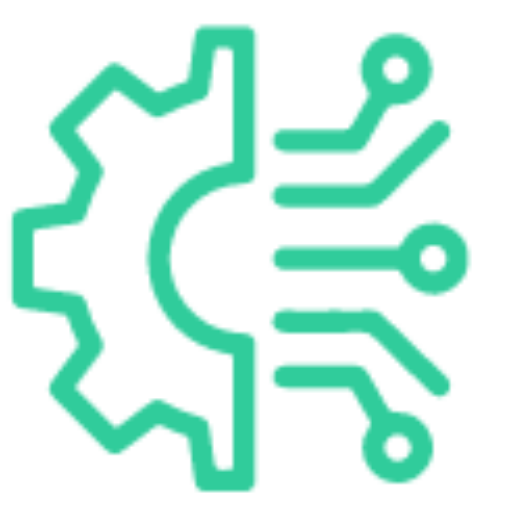In the era of digital health, predictive analytics is emerging as a game-changer, revolutionizing how healthcare providers diagnose, treat, and manage patient care. By leveraging vast amounts of data from electronic health records (EHRs), wearable devices, and medical imaging, predictive analytics enables medical professionals to make more informed decisions, leading to improved patient outcomes, reduced costs, and more efficient healthcare delivery.
This blog explores the transformative impact of predictive analytics on healthcare and how it is shaping the future of patient care.
What is Predictive Analytics in Healthcare?
Predictive analytics refers to the use of data, statistical algorithms, and machine learning techniques to identify the likelihood of future outcomes based on historical data. In healthcare, this means using patient data from various sources to predict disease outbreaks, treatment responses, or the likelihood of complications in patients. By anticipating health issues before they fully manifest, healthcare providers can take proactive measures, improving overall patient care.
Key Applications of Predictive Analytics in Healthcare
Predictive analytics is reshaping multiple areas of healthcare, including early disease detection, personalised medicine, and hospital management. Here are some of the key areas where predictive analytics is making a significant difference:
1. Early Disease Detection
One of the most impactful uses of predictive analytics in healthcare is the early detection of diseases. By analysing patient histories, genetic data, and lifestyle factors, predictive models can identify individuals at high risk of developing conditions like diabetes, heart disease, or cancer. Early detection enables physicians to intervene sooner, leading to better treatment outcomes and, in many cases, saving lives.
2. Personalized Medicine
Every patient is unique, and predictive analytics helps tailor treatment plans to individual needs. By analyzing genetic information, EHRs, and real-time data from wearable devices, healthcare providers can predict how a patient will respond to specific treatments. This personalized approach minimizes trial-and-error prescribing, reduces adverse reactions, and improves overall treatment efficacy.
3. Preventive Care and Chronic Disease Management
For patients with chronic diseases like diabetes, heart disease, or asthma, predictive analytics can help healthcare providers identify patterns in their data that indicate an impending flare-up or deterioration. This allows for timely interventions, such as medication adjustments or lifestyle changes, which can prevent hospitalizations or severe complications.
4. Reducing Hospital Readmissions
Preventing unnecessary hospital readmissions is a priority for many healthcare providers, as it improves patient care and reduces costs. Predictive analytics models can assess which patients are at higher risk of readmission based on factors such as age, previous admissions, and comorbidities. Healthcare teams can then implement targeted interventions, such as follow-up care or home visits, to mitigate these risks.
5. Improved Clinical Decision-Making
Predictive analytics supports healthcare professionals in making better clinical decisions. For example, predictive algorithms can help surgeons determine the likelihood of post-surgery complications, assisting in better surgical planning and patient care. Similarly, predictive models are used in emergency rooms to quickly identify high-risk patients, ensuring they receive prompt and appropriate care.
The Role of Big Data in Predictive Analytics
Predictive analytics relies heavily on big data—huge, complex datasets collected from various sources, including medical records, wearable devices, genomics, and more. The advent of big data in healthcare has been instrumental in enabling predictive models to process and analyze vast amounts of information to make accurate predictions.
Data privacy and security are crucial concerns in healthcare, and it’s important for healthcare providers to work with technology vendors that prioritize data protection. Ensuring compliance with regulations like the General Data Protection Regulation (GDPR) and the Health Insurance Portability and Accountability Act (HIPAA) is essential to maintaining patient trust in predictive analytics technologies.
Benefits of Predictive Analytics for Patients and Providers
The application of predictive analytics in healthcare offers substantial benefits for both patients and providers. Some of the key advantages include:
1. Enhanced Patient Outcomes
With the ability to predict potential health issues, doctors can take preventive measures, leading to fewer complications and better health outcomes for patients.
2. Cost Savings
Predictive analytics helps reduce healthcare costs by preventing hospital readmissions, minimizing unnecessary treatments, and optimizing resource allocation. For instance, predicting a patient’s risk of chronic disease can lead to earlier and less expensive interventions, reducing the need for costly long-term treatments.
3. Optimized Resource Allocation
Hospitals and healthcare systems can use predictive analytics to forecast patient admissions, allowing them to allocate staff and resources more efficiently. This reduces overcrowding and ensures patients receive timely care.
4. Proactive Health Management
By leveraging predictive tools, healthcare providers can adopt a more proactive approach to patient care, shifting from reactive treatments to preventive measures. This leads to improved patient satisfaction and long-term health management.
Challenges of Implementing Predictive Analytics in Healthcare
While predictive analytics holds immense promise for transforming healthcare, there are challenges to be addressed. Data quality, for instance, is critical; incomplete or inaccurate data can lead to faulty predictions, potentially causing harm to patients. Additionally, integrating predictive analytics into existing healthcare workflows can be complex, requiring significant investment in technology and staff training.
Another challenge is ensuring that predictive models are interpretable and transparent. Healthcare providers need to understand how predictions are made to trust and act on them. Furthermore, ethical concerns around data privacy and biases in predictive models must be carefully managed.
The Future of Predictive Analytics in Healthcare
As technology advances and the healthcare industry continues to digitize, the potential for predictive analytics will only grow. With artificial intelligence (AI) and machine learning evolving rapidly, we can expect even more precise and actionable predictions. The future may see predictive analytics integrated into everyday patient care, from remote monitoring of patients to AI-driven decision support systems.
Conclusion
Predictive analytics is reshaping healthcare, driving better patient outcomes through early detection, personalized treatments, and improved clinical decision-making. As healthcare providers continue to harness the power of big data and AI, predictive analytics will play a crucial role in the shift toward proactive, preventive healthcare, ultimately transforming the way we deliver care and manage patient health.
By adopting predictive analytics, the healthcare industry stands to improve patient care, reduce costs, and optimize resources—creating a healthier future for all.

